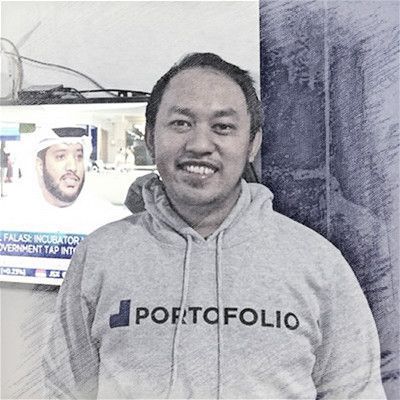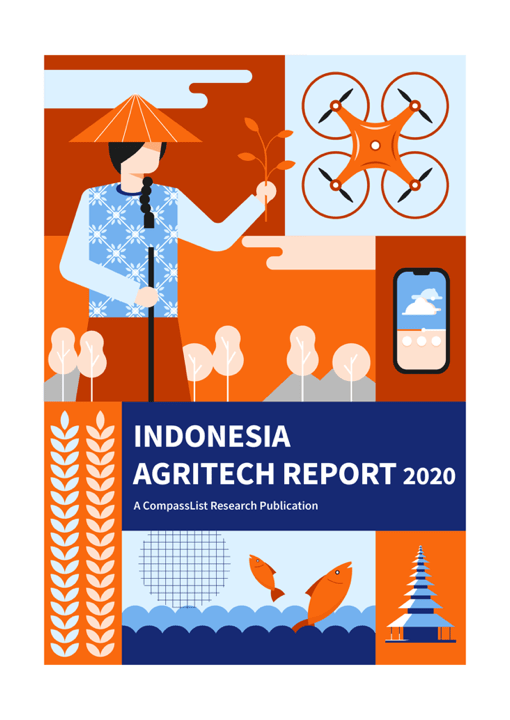Mahar Indra Adityawarman thinks most Indonesian investors have a unique profile: instead of aiming to preserve and manage wealth, they seek improbable profits. "What they want is additional income, because they're not earning enough yet," says Indra, a former derivatives broker.
But the learning curve for many of them can be steep. Indonesian investors' desire for massive returns, coupled with the difficulties some of them face in learning the basics of trading, has opened the door to scammers who are more than happy to relieve non-savvy investors of their savings. This is especially true of retirees, he said, who are especially susceptible.
In so-called "money game" schemes, scammers lure unsuspecting victims with vague promises of 20%-30% monthly returns – without describing how such returns can be obtained – and sometimes run away with millions of rupiah from their victims. Determined to change the situation, Indra decided to establish a trading course to teach people how to trade stocks and derivatives.
Last year, he decided to take this initial investing course a step further by creating a platform that lets people get started in foreign-exchange, gold and oil futures trading by copying the strategies of other, more experienced traders. In doing so, he enlisted the help of his high-school classmate Gigih Iski, formerly a lead engineer at Miignon, and thus Portofolio Indonesia was born.
Master plan
Indra emphasizes that Portofolio does not act as a forex brokerage. Rather, it is a social platform where "master traders" show their forex- and gold-trading strategies, and Portofolio users can duplicate the strategies in building their portfolios and investments. "The actual trading decisions are executed on each user's brokerage platform, and not at Portofolio," Indra explained. "What we do is take the strategy of the selected trader and send orders for execution on the follower's brokerage account."
When a master trader makes a trade, that information is transmitted to the Portofolio platform. Followers of that trader are immediately notified of the new move. Those who choose to "shadow" the master trader can choose to copy that same move, executing the trade by themselves through their own brokerage, while those who choose to "copy-trade" will have the same order automatically transmitted to their own forex brokerage account.
Indra said Portofolio has a target client base of first-time investors mainly comprising digital enthusiasts and older millennials from 25 to 37 years old who are familiar with technology and who "quickly share" information they find on social platforms.
But who are the master traders? Anyone can apply to be a trader to follow on Portofolio, Indra said, but the company only picks the ones that have viable risk-management strategies. After each would-be master trader has demonstrated that their strategy is a good fit for the platform and has been approved by Portofolio, the trader can then showcase the strategy for others to follow. They must also provide information on the minimum amount of capital a follower must have to start copying the strategy, as well as projected returns and the maximum potential drawdown. Most Portofolio users start with an investment of IDR 1 to 2 million, Indra said.
In addition, all of the master trader's trades are made visible on the Portofolio platform. This means that traders cannot fudge their portfolios to create an illusion of high returns, which is a common practice in the fund management industry, Indra said. "Mutual funds or other brokerage products are essentially selling the trading strategies of their own employees ... so they often window-dress to look good in front of users," Indra said. "On our platform, the vision is that nobody can window-dress their portfolio metrics, as all of their trading movements are visible."
Less risk, more profit
The emphasis on managing risk rather than raking in profits is perhaps what sets Portofolio apart from other guided investment platforms. "Every big player [in investing] will always tell you that managing risks is what leads to profit," Indra told CompassList. "The objective of this industry is simple: reaching profits that are about two to three times bigger than inflation, and risk that is lower than inflation. If we focus on managing risk, [investors] can achieve the other objective."
Portofolio's efforts to help investors understand and manage risks start from the onboarding process. New users answer a questionnaire to determine their risk profile and tolerance, and Portofolio suggests which forex- or other derivatives-trading strategies they can follow based on that assessment. For most, this means targeting a return of 7% to 10.5% – based on Indonesia's current annual inflation rate of about 3.5%. However, investors comfortable risking 20% to 30% of their equity can expect to gain "30-40% per year," Indra said.
Further helping investors limit their own exposure to risk is Portofolio's "stop-loss" feature, PortoGuard. If, for example, a user decides they would only tolerate a 15% drop in their account value, Portofolio will automatically send sell or stop orders to the user's brokerage account if it drops beyond 15%.
Perhaps the most important part of risk management, however, is education. Indra does not believe that users should rush into forex or derivates trading. Rather, they should understand the basics of trading processes and learn how to spot trends and manage risks. Portofolio provides a range of short, self-study courses for new trader-investors to get started, as well as a Telegram channel called Porto Trading Lab, where users can discuss new developments, ask questions, and fine-tune their own strategies.
Rewriting the rulebook
Indra said that Portofolio's business falls under the purview of the Commodity Futures Trading Regulatory Agency (BAPPEBTI), and not the Financial Services Authority (OJK). Aside from the fact that it does not directly act as a forex brokerage or handle trading decisions, Portofolio does not pool public funds, like the other investment platforms under the OJK's supervision.
He said that although Portofolio has not encountered any regulatory problems, in part because it partners exclusively with BAPPEBTI-registered brokers, one problem it has faced is that BAPPEBTI does not yet have a robust regulatory framework to support startups like Portofolio.
"When I first approached BAPPEBTI in 2018, they told me they didn't know such a business model [like Portfolio's] existed," Indra said. "The truth is Europe, the US and Japan have been [regulating startups] since at least 2010, and they are fully regulated. So Portofolio is sort of a pilot project for them, too."
"We hope that the BAPPEBTI has a good system for this new vertical, providing help in registration, making a regulatory sandbox and things like that – similar to what the OJK does," he said.
Indra also expressed hope that regulators and industry players could team up to teach the public about the dangers of investment scams. "We need to work together to teach people about proper investment," he said. "The challenge is to educate Indonesians who are not financially literate to be aware of scams, avoid them, and go for proper investment products that already exist on the market."















